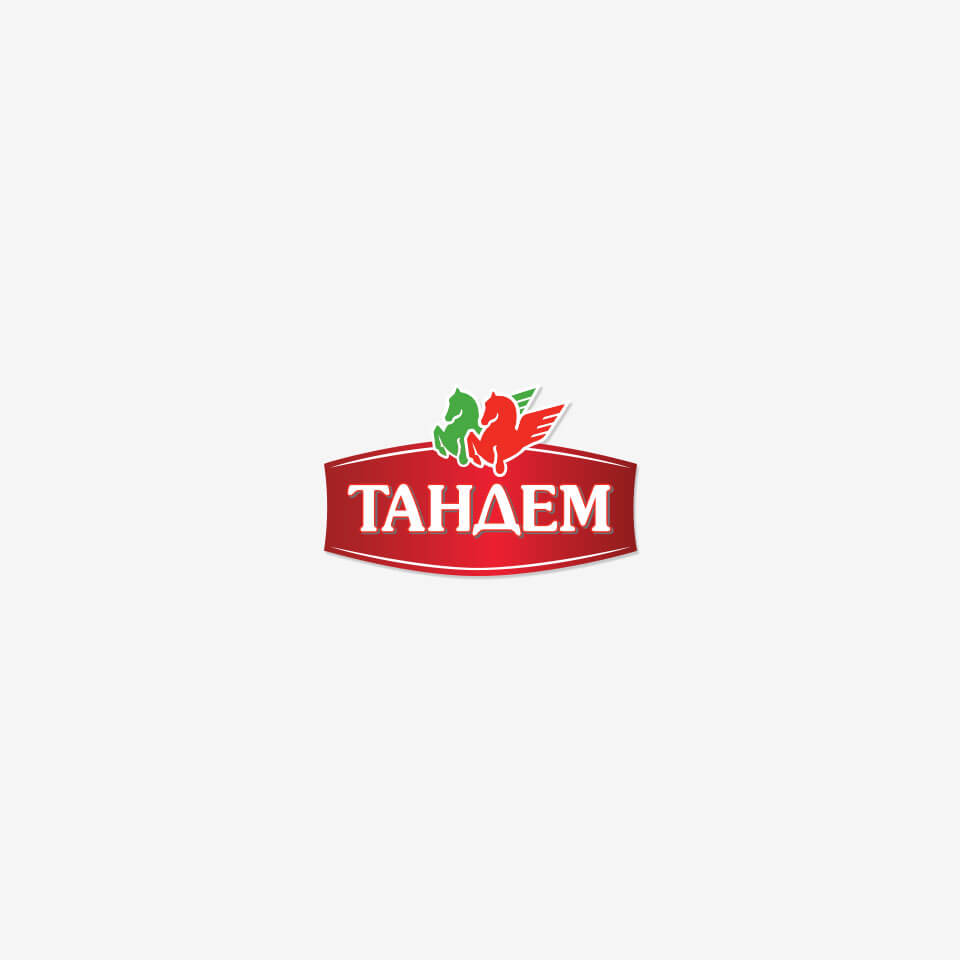Interesting information about the contents of veal salami
According to the Bulgarian State Standard (BDS 127-83) from 1983, veal salami is produced from veal and pork.
According to the same standard, veal is obtained from calves aged up to 24 months.
According to current European legislation, this same meat is considered beef, as illustrated in the following table:
|
BEFORE 1 JULY 2008 |
AFTER 1 JULY 2008 |
|
Veal: calves aged up to 24 months Beef: animals aged over 24 months |
Meat from young calves: calves aged up to 8 months Veal: calves aged 8-12 months Beef: animals aged over 12 months |
Before 1 July 2008, veal was obtained from calves aged up to 24, and beef – from animals over that age. Pursuant to Regulation (EC) 361/2008 of 14 April 2008, the classification of large ruminants (LR) has changed. Meat from LR aged 8 months and less began to be referred to as “young calf meat”, and meat from animals aged 8 to 12 months – as “veal”. Animals aged over 12 months already belong to the “beef” group.
The latest legislative change raises the question:
What will this traditional Bulgarian product be called?
Can a traditional product like the veal salami disappear from the Bulgarian market? According to the Bulgarian State Standard (BDS 127-83) from 1983, this salami is produced from veal obtained from animals aged up to 24 months. Translated into the language of the latest legislation, this meat is already beef, although it has the same characteristics that determine the taste of “contemporary” veal salami. This contradiction may make the Bulgarian consumer feel deceived by manufacturers who want to preserve this traditional product and meet the regulatory requirements at the same time by writing “beef” in the ingredients on the label of the finished product.
